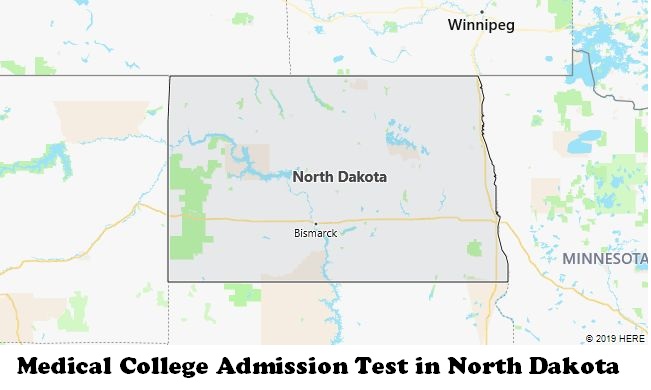According to AAMC (the MCAT test maker), there are 3 MCAT test centers in North Dakota. Most testing centers are located inside a college or university. You can select a testing location that is nearest to you. Please note that you are able to choose a test center when registering for the MCAT.

Bismarck – Mandan
4503 Coleman St
Suite #207
Bismarck, ND 58503
Fargo – 28th Street
901 – 28TH STREET S
FARGO, ND 58103
Univ. of North Dakota (UND)
2891 Second Ave North
McCannel Hall Rm. 200/202
Grand Forks, ND 58202-9042

U.S. lakes
| The largest lakes in the USA | ||||
| Lake | Surface area, km 2 | Maximum depth, m | In which states (countries) is it located | |
| one | Upper | 82 103 | 406 | Michigan, Minnesota, Wisconsin, Canada (Ontario) |
| 2 | Huron | 59 570 | 229 | Michigan, Canada (Ontario) |
| 3 | Michigan | 57 757 | 281 | Illinois, Indiana, Michigan, Wisconsin |
| 4 | Erie | 25 667 | 64 | Michigan, New York, Pennsylvania, Ohio, Canada Ontario) |
| 5 | Ontario | 19 011 | 244 | New York, Canada Ontario) |
| 6 | Big Salty | 5483 | 14 | Utah |
| 7 | Forest | 4 349 | 64 | Minnesota, Canada Manitoba, Ontario) |
| eight | Iliamna | 2626 | 301 | Alaska |
| 9 | Oahe (reservoir) | 1 774 | 62 | North Dakota, South Dakota |
| 10 | Okeechobee | 1715 | 3.7 | Florida |
The most famous lakes in the United States are, of course, the Great Lakes: connected by straits and rivers, Lake Superior, Huron, Michigan, Erie and Ontario. Their total area is almost 245 thousand km 2, and the volume of water in them is more than 22 thousand km 3. The Great Lakes are the largest group of freshwater lakes on Earth, together they make up more than twenty percent of all fresh water reserves in the world. Sometimes in the USA the Great Lakes are called the “inland sea”, and their shores are called the “third coast” (along with the Atlantic and Pacific). Lake Superior is the largest freshwater lake in the world in terms of area (and the second – after the Caspian Sea – among all lakes). The average depth of the Great Lakes is greater than the average depth of the Baltic and the North Sea. In addition to the five “big lakes” in the Great Lakes region, there are many more smaller ones, and about thirty-five thousand islands are scattered on the lakes. It is in the Great Lakes region of the United States, on the Niagara River, which connects Lakes Erie and Ontario and is the border of the state of New York and Canada, Niagara Falls.
The Great Salt Lake in Utah is the largest lake in the endorheic region of the “Great Basin” and the largest salt lake in the Western Hemisphere. Its surface area varies greatly from year to year depending on the amount of precipitation. It was the smallest during the observation period in 1963 – 2,460 km 2, and the largest in 1988 – 8,500 km 2. The lake has no runoff, so the water in it has a very high salinity, much higher than that of the sea.
In the Sierra Nevada mountains on the border of the states of California and Nevada, one of the most beautiful and largest mountain lakes in the United States is located: Tahoe. Although its area is relatively not so large (490 km 2), but due to its enormous depth (501 meters), it is second only to the Great Lakes in terms of water volume.
Another famous American mountain lake is Oregon ‘s Crater Lake. Located in a caldera (the crater of an extinct volcano), it is small in area (53 km 2), but it is the deepest (594 meters) and one of the most picturesque lakes in the country.
